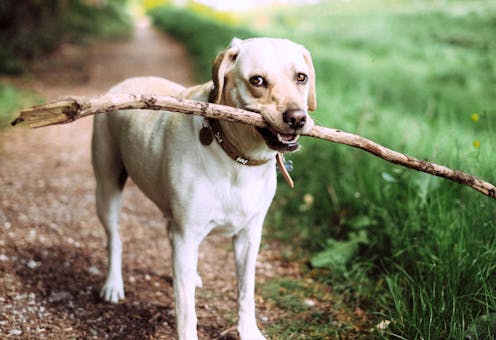AgForce’s Wild Dog Coordinators project is helping deliver a resurgence in Queensland’s once burgeoning wool and sheep meat industries by reducing the threat posed by wild dogs.
In central western Queensland alone, rounds 1 and 2 of the Queensland Feral Pest Initiative program have delivered 2,652 kilometres of exclusion fencing, protecting 1.59 million hectares from the predations of wild dogs.
It is anticipated the program will see sheep numbers increase by 350,000 by 2026, offering new hope to the once thriving industry.
AgForce Sheep and Wool President Alan Rae said exclusion fencing, when used in conjunction with other control measures like baiting and trapping, is an effective solution to what has been a growing problem in the State.
“Each year wild dogs kill or maim millions of dollars worth of livestock,” Mr Rae said.
“Continued investment in exclusion fencing will have a positive economic impact on communities in western Queensland.
“Stock numbers, jobs, and income will all have the best chance of growing throughout the region.
“We should see a significant return to agriculture, and to sheep production in particular, now that the risk of wild dog predation is on the cusp of decreasing.”
Mr Rae said the Wild Dog Coordinator Project was a showcase for successful collaboration between Government and industry, which includes funding from the Queensland Department of Agriculture and Fisheries (DAF), Australian Wool Innovation (AWI), Meat & Livestock Australia (MLA), the Remote Area Planning and Development Board (RAPAD) and the South West Regional Economic Development Association (SWRED).
He added that industry required experienced people to help landholders and local councils develop legacy leaving management plans to help control wild dogs.
People like Michael Schrag, AgForce’s newest Wild Dog Coordinator, who is working with communities in the central west of the State.
As a Blackall local and an accomplished stockperson, fencing contractor and wild dog trapper, Michael has a strong understanding of the issues faced by rural communities.
“It’s important we continue to raise awareness about wild dog control,” Mr Schrag said.
“It’s not only about building an exclusion fence. It’s about using every control tool available to reduce the number of wild dogs within the environment, reduce the impact to livestock, and allow our farming families to sleep easy at night.
“It’s vital we continue building towards a collaborative management approach to ensure things keep heading in the right direction.
“Everyone has an obligation to control wild dogs.”
Access a photo of central west Queensland Wild Dog Coordinator Michael Schrag here:
/Public Release. View in full .








